MicroMux Multiplexer
The MicroMux is designed to expand the number of instruments that can be read by a compatible Automatic Data Acquisition System (ADAS). It supports two switching modes, 4 channel by 4-wire switching, or 8 channel by 2-wire switching. An internal switch configures the switching mode.
Low contact resistance relays provide compatibility with a wide range of instruments, including vibrating wire, resistance strain gage, thermocouples, linear potentiometers and 4-20mA, among others.
Two control inputs provide for activating the MicroMux and then advancing through the channels. Logic levels for either the enable or clocking input can utilize 5V to 12V logic input, with a maximum input of 16V. The control inputs are compatible with a wide variety of control modules including those manufactured by Campbell Scientific, Sutron and Datataker.
Categories: Cables & accessories, Geo-Structural Instruments
Description
Two control inputs provide for activating the MicroMux and then advancing through the channels. Logic levels for either the enable or clocking input can utilize 5V to 12V logic input, with a maximum input of 16V. The control inputs are compatible with a wide variety of control modules including those manufactured by Campbell Scientific, Sutron and Datataker.
Transient protection on the control inputs provides high reliability from electrical transients whether ESD or lightning. The power inputs are also equipped with transient protection and reverse-polarity protection.
All components have been selected for ultra-high reliability and function in demanding environments that may include high heat, humidity and/or dust.
The complete list of features and specifications is detailed on the MicroMux Data Sheet.
Additional information
| Brands |
|---|
Reviews (0)
Be the first to review “MicroMux Multiplexer” Cancel reply
About brand
Canary develops a web-based software platform that aggregates geotechnical/geomechanical data from numerous sources into a single platform that provides analytics and other tools including automated alarming and reporting. Canary also develops and sells electronic hardware consist of Dataloggers, Data acquisition systems & Multiplexers for a variety of applications related to weather, water, energy, gas flux and turbulence, infrastructure, and soil.
Data Sheets
Related products
VW PIEZOMETER VWP-3000 SERIES
In stock
Rated 0 out of 5
PRESSURE TRANSDUCER VWT-9000 SERIES
In stock
Rated 0 out of 5
The Geosense® VWT-9000 Series of Pressure Transducers are designed to be connected directly into hydraulic or pneumatic pressure lines by means of a 1/4” BSPF thread. Other thread sizes are available on request.
They are typically used to monitor uplift pressures within dams and to enable manual standpipe piezometers to be upgraded into an automated data acquisition system.
OPTICAL DISPLACEMENT SENSOR NODE
In stock
Rated 0 out of 5
IN-PLACE TILT METER MEMS
In stock
Rated 0 out of 5
SUBMERSIBLE TILT METER
In stock
Rated 0 out of 5
PORTABLE MEMS INCLINOMETER
In stock
Rated 0 out of 5
The MEMS Portable Inclinometer system utilises modern communication and Smart devices to enable the tilt data generated by the probe to be managed, stored and transferred directly from site via FTP, API, email or other communication platforms.
It is available for vertical, inclined and horizontal applications.
DIGITAL PIEZOMETER – dPiezo
In stock
Rated 0 out of 5
PENDULUM SYSTEM
In stock
Rated 0 out of 5
HPS-3500 (Hanging) and IPS-3000 (Inverted) Pendulums are used to measure the tilt or rotation by measuring the relative internal horizontal displacement of points along a true vertical line. Each has a tensioned, stainless steel wire and the effects of the earth gravitational forces to guarantee a perfectly vertical line between a fixed point and a tensioning mechanism. Typical applications include concrete dams, bridges and high rise buildings.



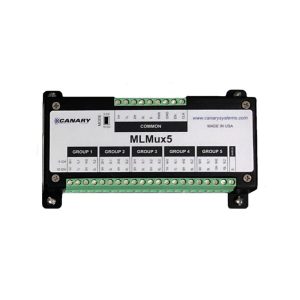
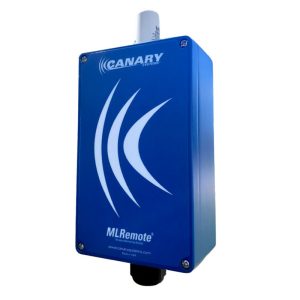
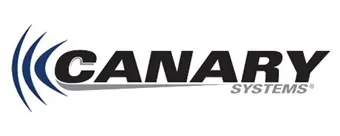
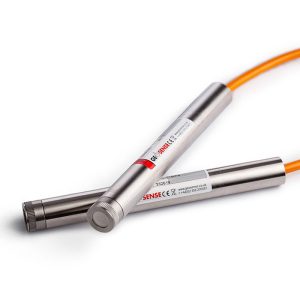

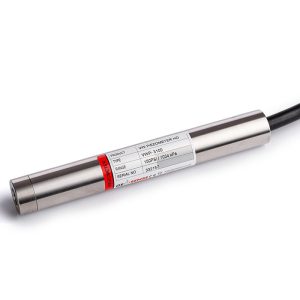
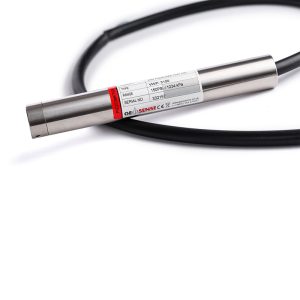

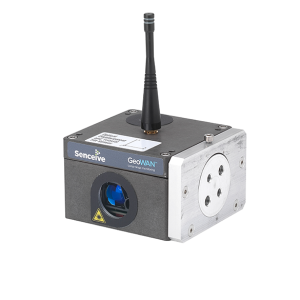
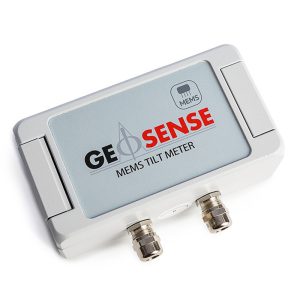
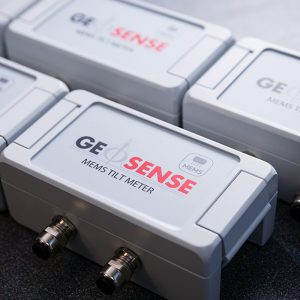
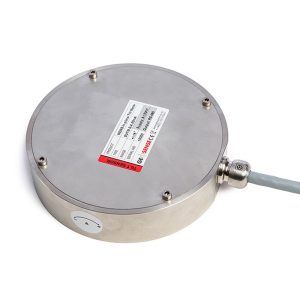
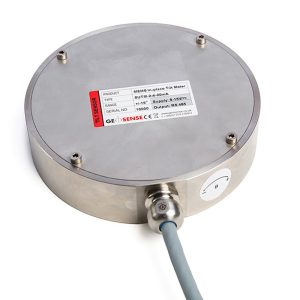
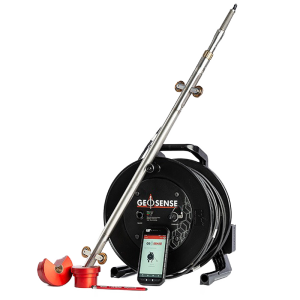
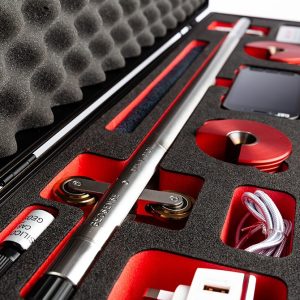
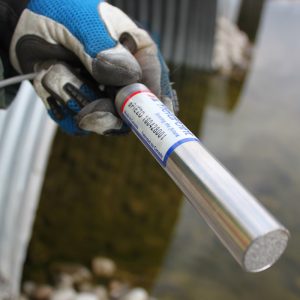
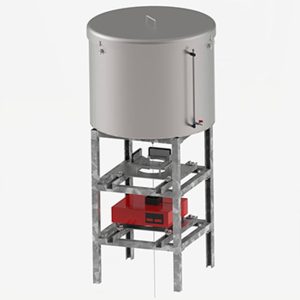
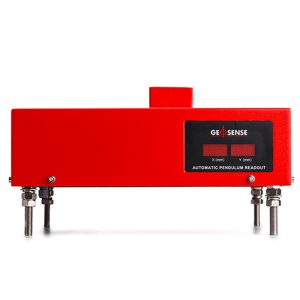
Reviews
There are no reviews yet.